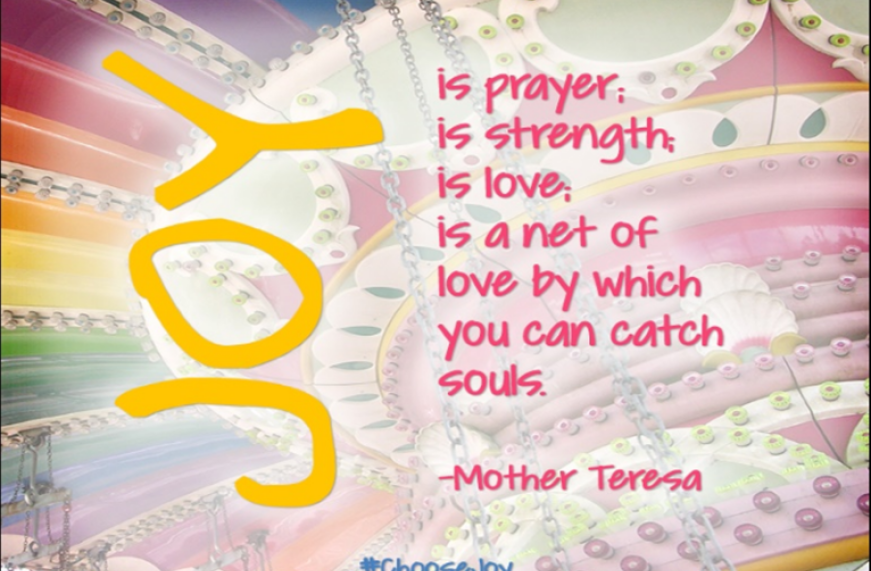Holding on to Hope

“The New Year is a painting not yet painted; a path not yet stepped on; a wing not yet taken off!
Things haven’t happened as yet! Remember that you are blessed with the ability to reshape your life!”
―Mehmet Murat Ildan
This is a powerful quote comparing the New Year to a painting, a path, and a wing. As I reflected on this, it brought to mind what will happen under the guidance of the Holy Spirit during the Chapter. Hopefully, our painting will be a masterpiece, our path will become known, and our wings will allow us to fly into our future! God is good and as scary as the unknown future and reshaping our life can be, God is with us throughout our painting, path finding and taking off, all in God’s name.
Every New Year begins with the hope that it will be better than the year before and as the year goes on that hope seems to wax and wane like the moon. It does not have to happen that way. We need to remember God is with and within us This gives us the grace to let go of our concerns and let God be in charge. Our entire world needs to choose this path to put an end to war, hunger, poverty, hatred, etc. It needs to be mindful of God’s love and care for us. In 1965 there was a song that was not only appropriate back then, but for the present and future! Remember “What the World Needs Now”? The song begins: “What the world needs now is love, sweet love… It’s the only thing that there’s just too little of.” Other words in the song address the Lord saying we don’t need any more mountains, or rivers, etc. but what we need is LOVE. May we be God’s instruments of love in our wounded world!


